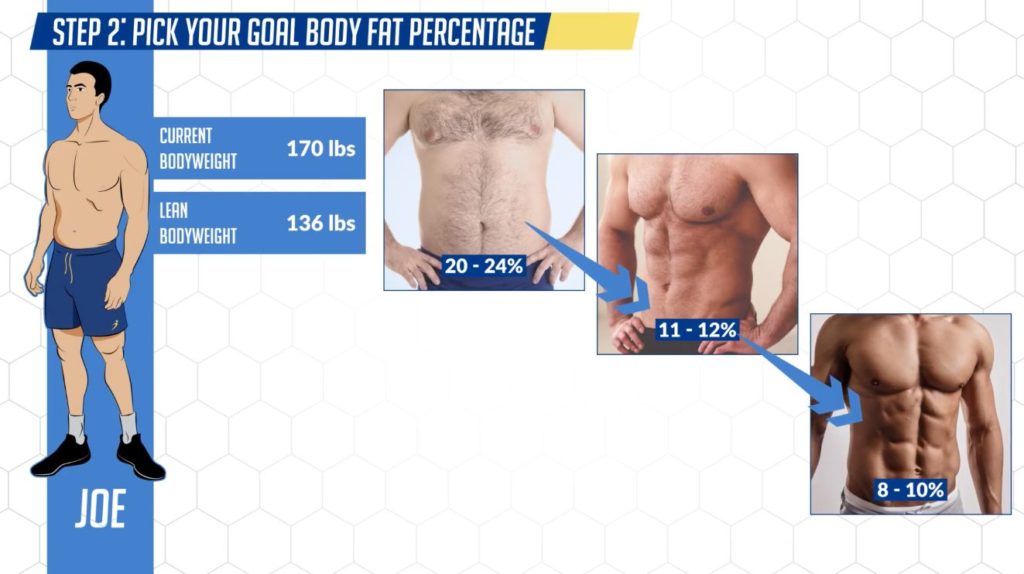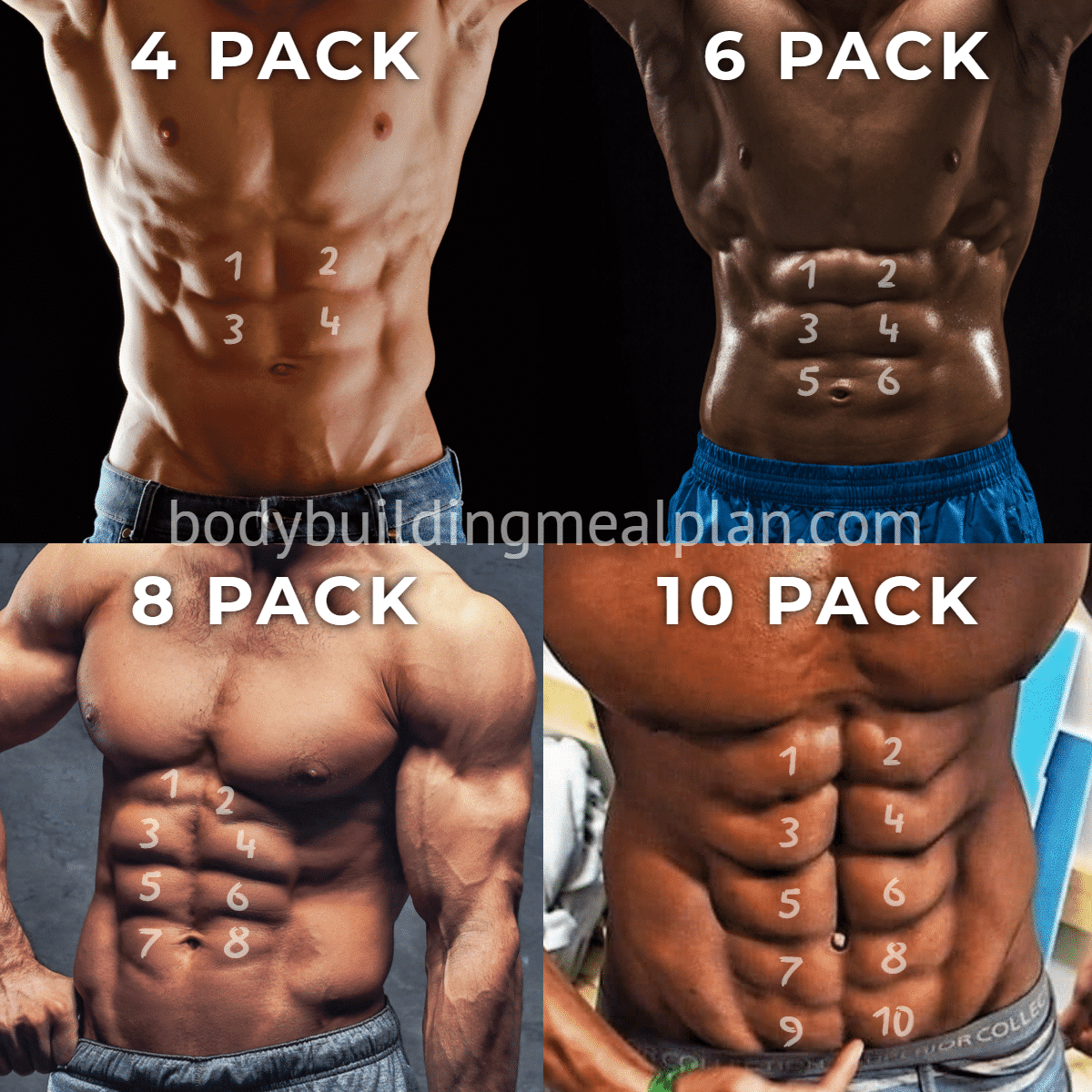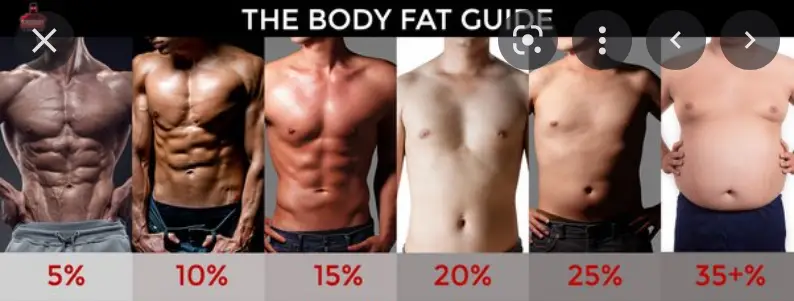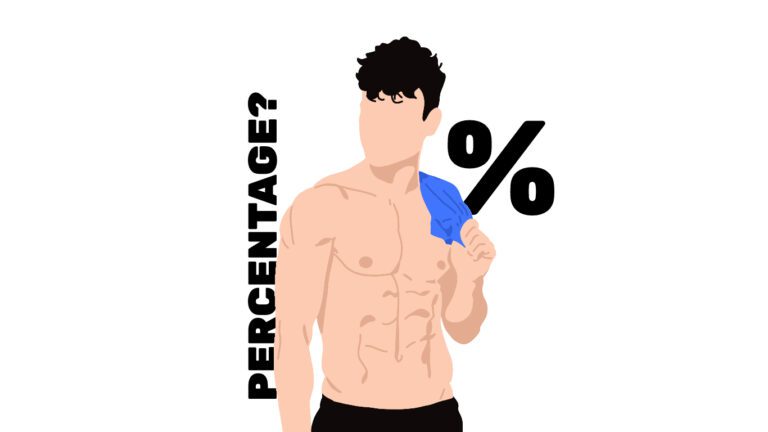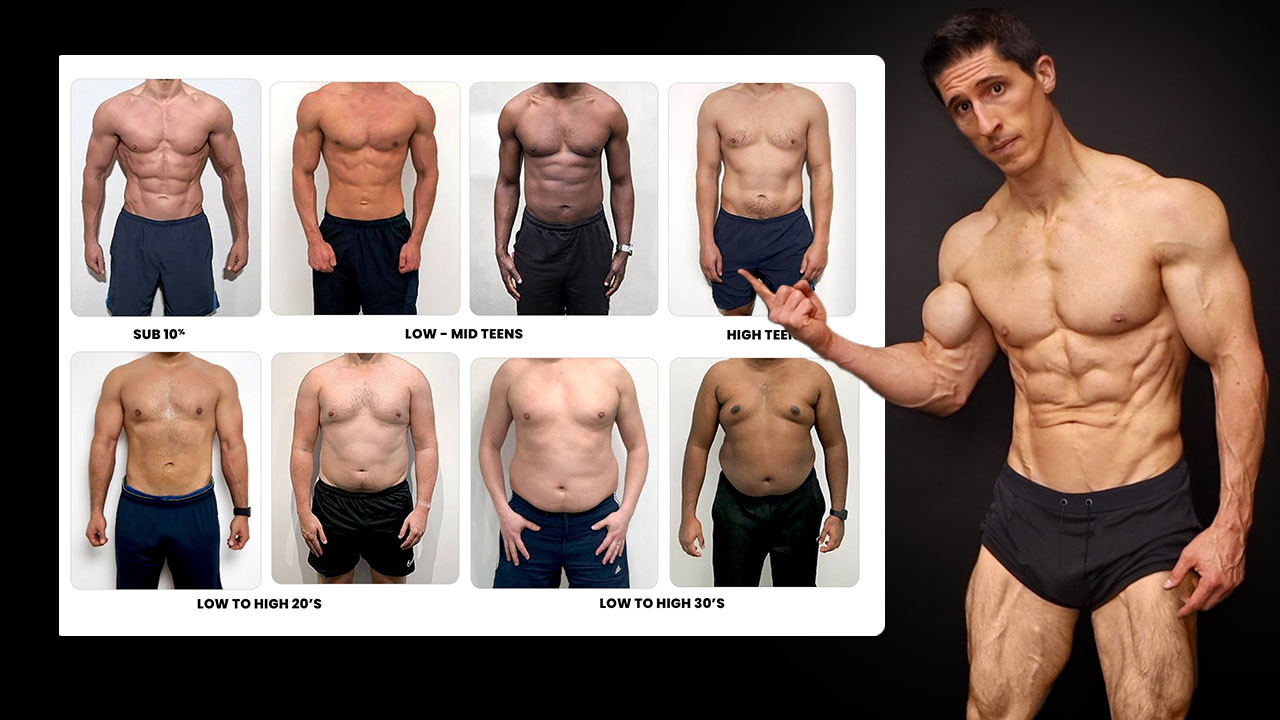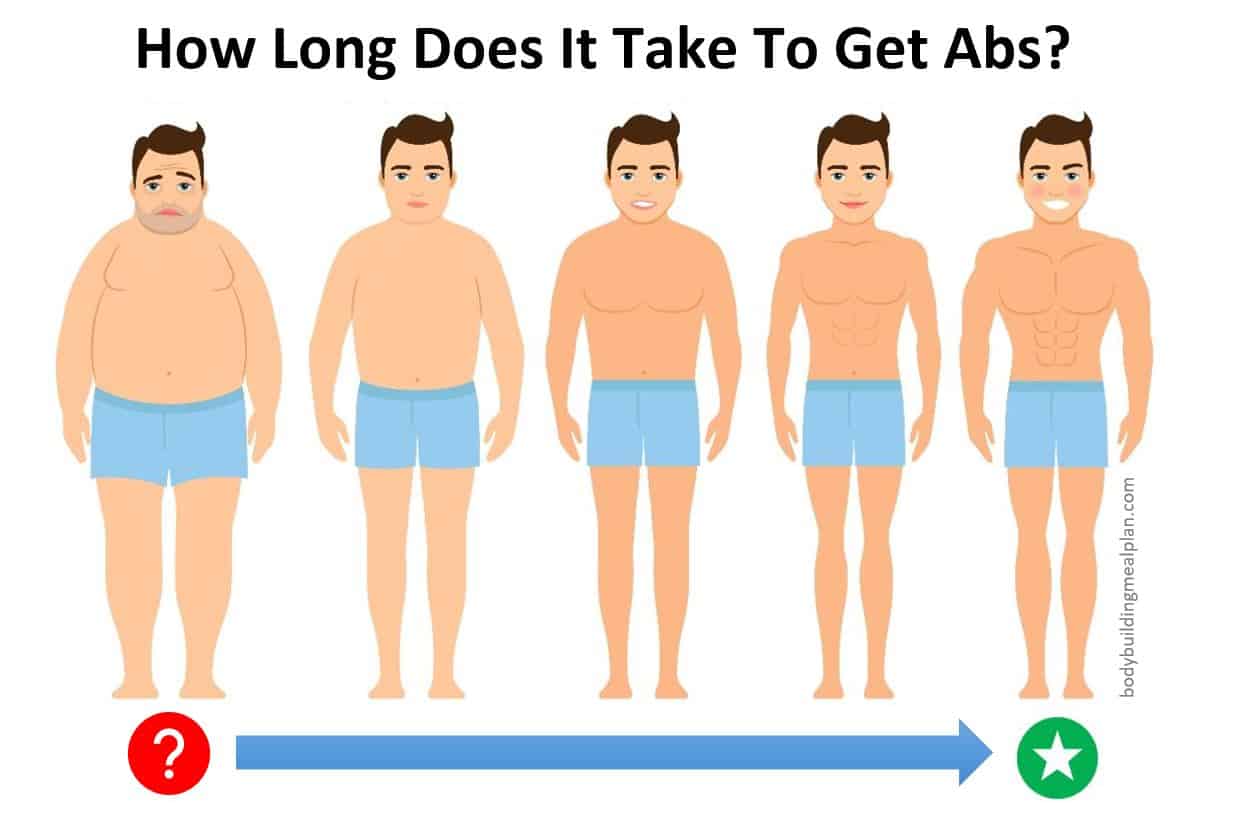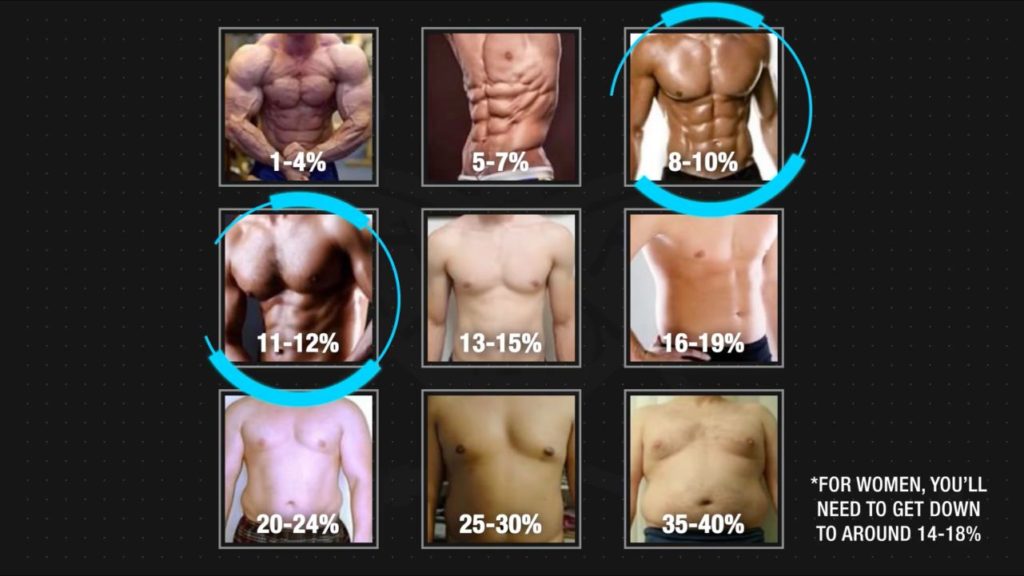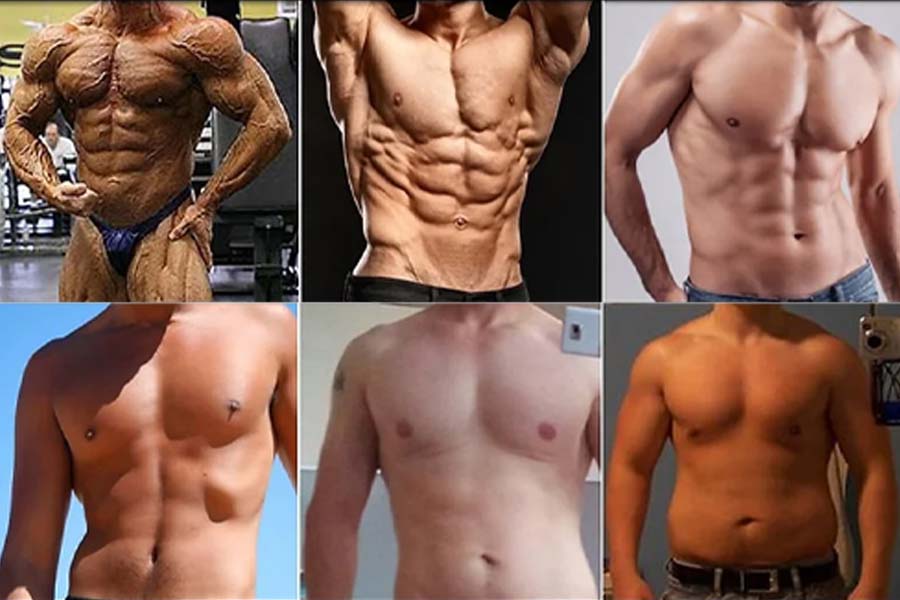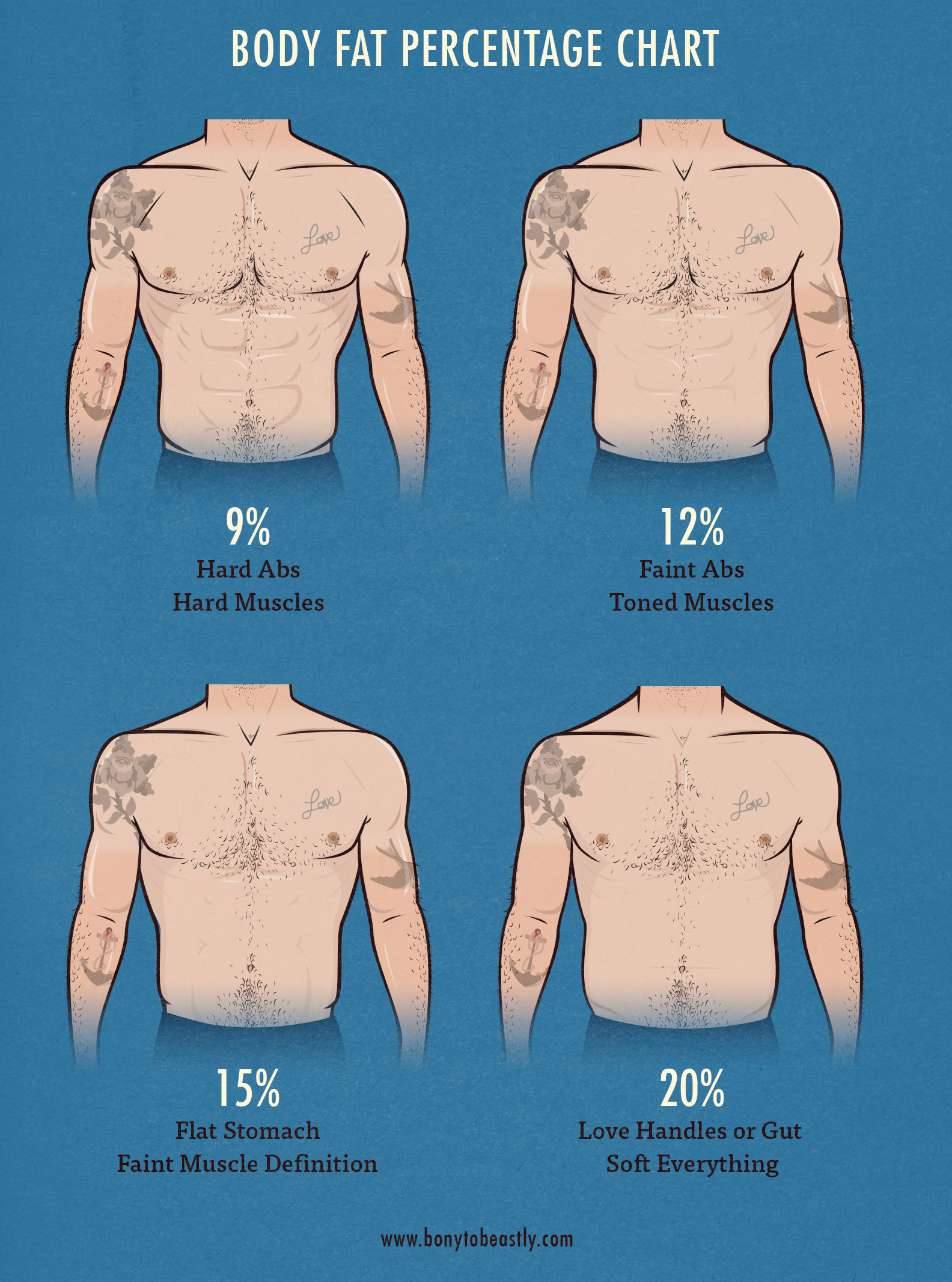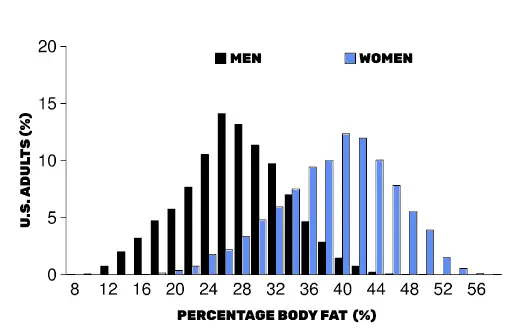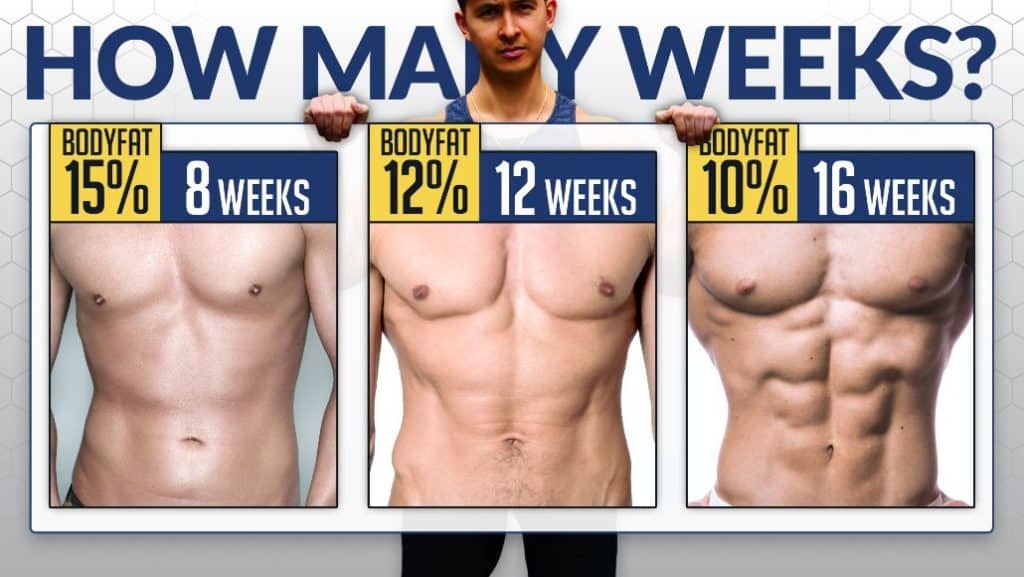What Percent Of Men Have Abs

The quest for visible abdominal muscles, often referred to as "abs," is a prevalent pursuit in modern fitness culture. Images of sculpted physiques flood social media and magazine covers, setting a high bar for body image. But how realistic is this standard, and what percentage of men actually possess these coveted abs?
Determining the precise percentage of men with visible abs is challenging due to a lack of comprehensive, large-scale studies specifically focused on this metric. The visibility of abdominal muscles is heavily dependent on body fat percentage, genetic predisposition, and training regimen. This article delves into the complexities surrounding abdominal visibility, examining the factors that influence it, exploring available data on body fat distribution, and providing a realistic perspective on achieving and maintaining visible abs.
Understanding Body Fat and Abdominal Visibility
The primary factor determining whether or not a man's abdominal muscles are visible is his body fat percentage. Abdominal muscles exist in virtually all men, but they are often obscured by a layer of subcutaneous fat. Lowering body fat percentage is crucial to reveal the underlying musculature.
For men, visible abs typically require a body fat percentage below 15%. Many sources suggest that single-digit body fat percentages (6-9%) are needed for a truly defined six-pack. This level of leanness is often unsustainable for the majority of men, demanding rigorous diet and exercise.
Available Data and Estimates
Direct data on the percentage of men with visible abs is scarce. However, we can infer some insights from data on body fat distribution within the male population. The Centers for Disease Control and Prevention (CDC) publishes data on obesity rates, which provides a starting point.
Obesity, defined as a Body Mass Index (BMI) of 30 or higher, is associated with significantly higher body fat percentages. The CDC estimates that over 40% of American men are obese. It's highly improbable that men in this category would have visible abs.
Furthermore, data on "overweight" individuals (BMI of 25-29.9) adds to the picture. These individuals likely have body fat percentages above the threshold for abdominal visibility. Combining these statistics suggests that a significant majority of men do not possess the body composition required for visible abs.
A study published in the International Journal of Obesity, although not directly focused on abdominal visibility, found that a substantial portion of men have body fat percentages exceeding 20%. This further supports the notion that visible abs are relatively uncommon.
Factors Influencing Abdominal Definition
Genetics play a significant role in body fat distribution and muscle development. Some men naturally store less fat around their midsection, making it easier to achieve abdominal definition. Others may have genetically predisposed lower abdominal muscle development.
Diet is paramount for lowering body fat percentage. A calorie deficit, achieved through a combination of reduced caloric intake and increased physical activity, is necessary to burn fat. This often involves carefully tracking macronutrient intake (protein, carbohydrates, and fats).
Regular exercise, including both cardiovascular training and resistance training, is also essential. Cardiovascular exercise helps burn calories, while resistance training helps build muscle mass. Increased muscle mass can slightly increase metabolism and improve overall body composition.
Even with diligent effort, some men may find it challenging to achieve the extreme leanness required for visible abs. Age can also play a factor, as metabolism tends to slow down with age, making it more difficult to lose fat.
Realistic Expectations and Healthy Body Image
The pervasive imagery of perfectly sculpted physiques can create unrealistic expectations and contribute to body image issues. It's important to remember that these images are often heavily filtered and may not represent reality. A healthy body image focuses on overall health and well-being, rather than solely on achieving a specific aesthetic goal.
Striving for fitness and a healthy lifestyle is commendable. However, it's essential to set realistic goals and prioritize overall health over achieving an unattainable ideal. Focusing on strength, endurance, and a balanced diet can lead to a fulfilling and healthy life, regardless of abdominal visibility.
Conclusion
While a precise percentage remains elusive due to data limitations, it is reasonable to conclude that the proportion of men with visible abs is relatively small. The confluence of genetics, diet, training, and body fat percentage make achieving and maintaining visible abs a challenging endeavor for most men. Instead of fixating on an often unrealistic aesthetic, promoting overall health, fitness, and a positive body image should be the primary focus. Striving for a healthy body fat percentage and physical fitness provides more tangible benefits than chasing an ideal.
